Enneagram 101: A Simple Guide to Understanding Yourself and Others
I get asked all the time: What is the Enneagram? You can easily Google it, but you’ll face a rabbit hole of information from a plethora of sources, both legit and otherwise. As a Certified Integrative iEQ9® Enneagram leadership and team coach (which is a long and formal way of saying I seriously love the Enneagram and all the ways we can apply it to our lives to shine our brightest), I’m happy to break it all down for you into simple and relatable terms. Shall we?
What is the Enneagram?
The Enneagram is a map of transformation—a powerful framework that helps us understand ourselves and others. It consists of nine core personality types that define and describe our identity: who we are and why we do what we do. It helps answer three fundamental questions:
Who are you?
Why are you here?
How will you serve?
The Enneagram is an ancient symbol (over 2,000 years old!) that consists of a circle, nine core types, and connecting lines that illustrate our growth and stress patterns. Each type has its own unique desires, fears, motivations, defense mechanisms, values, and worldviews.
And just like any map, you need to know where you are to use it effectively. The Enneagram shows you your current position and provides multiple pathways for growth, professional development, and self-discovery.
How Can the Enneagram Be Applied?
The Enneagram is useful in nearly every aspect of life, including:
Leadership coaching – Enhance your leadership style by leveraging strengths and addressing blind spots.
Entrepreneurship – Develop self-awareness to build a business that aligns with your values.
Team development – Improve collaboration, communication, and workplace culture.
Facilitation – Use Enneagram insights to create dynamic and effective training or coaching sessions.
Professional development – Gain a deeper understanding of yourself and others to foster personal and career growth.
Strengths assessment and leadership assessments – Identify natural talents and areas for growth.
Wherever there are humans, there’s an application for the Enneagram.
What the Enneagram is NOT:
A simple personality test
A made-up, “woo-woo” tool
A box to put yourself or others in
The Enneagram Symbol Explained
Different variations of the Enneagram symbol depend on the school of thought. The one I use is from Integrative9, a comprehensive Enneagram training provider with decades of research behind it. Let’s break it down:
Core Types (9 total): Each type has its driving motivations, fears, and behaviors.
Centers of Intelligence: Feeling, Thinking, and Action. Everyone has all three, but we tend to be more dominant in one.
Lines: Think of these as roads of growth and stress—where we go when we are our best selves and the place we head towards when we are at our worst.
Wings: The types adjacent to your core type that influence your personality.
Subtypes: Self-preserving, intimate, and social. These explain why two people of the same type can behave very differently.
Fascinating Facts About the Enneagram
The symbol dates back over 2,000 years and has been found as far back as 600 BCE.
Its exact origin is unknown (how mysterious!), but it has a rich history spanning multiple cultures, philosophies, and spiritual traditions.
No one “owns” the Enneagram—it’s open-source. Because collaboration is where the magic happens.
The word "Enneagram" comes from the Greek words "ennéa" (nine) and "gramma" (figure).
The modern personality typing system originates from the work of Oscar Ichazo (1931–2020), a Bolivian philosopher.
The Enneagram continues to evolve as scholars study its applications in coaching, leadership, teams, and even global systems.
Truth Bomb: You Are NOT Your Type
This might feel like a mind spin, but hear me out: You are not your type. Your type is simply the identity expression you developed to navigate life.
How Does That Happen?
We are all born in our essence—our true selves, full of light, strengths, and natural gifts. But around age five, we begin forming a sense of self based on external influences. If we’re told we’re “too much” (too loud, too quiet, too sensitive, too questioning), we react by adapting to fit in. Over time, this adaptation becomes our Enneagram type—a form of protective armor to help navigate life’s challenges.
So, the person you believe yourself to be? The default patterns you feel stuck in? They are not set in stone. Growth is always possible. Our work—as humans, entrepreneurs, and leaders—is to return to our essence, our natural strengths, and radiance. The Enneagram is the map that helps us get there.
Ready to Discover Your Type?
Many Enneagram tests are available, but I recommend this comprehensive and accurate assessment that I use in my work. Take the test and begin your journey of self-discovery.
By understanding the Enneagram, we gain a tool for deeper self-awareness, stronger relationships, and more intentional leadership. Have questions? Drop me a note — I’d love to chat.

